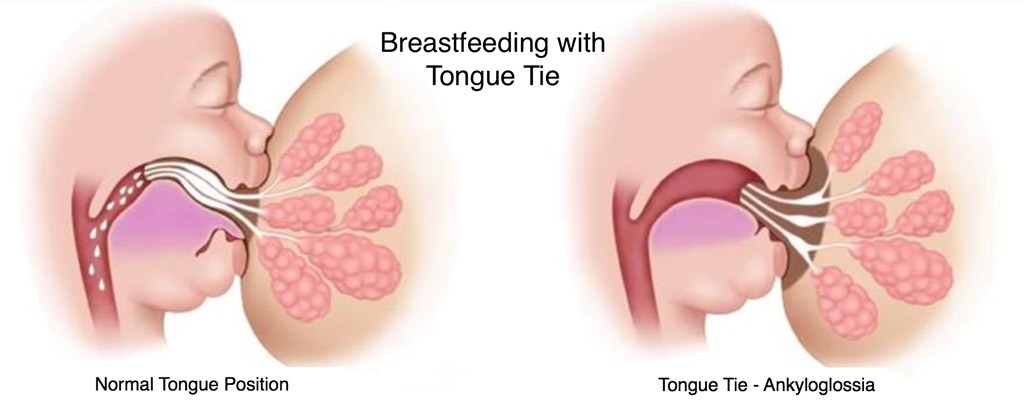Have you ever suffered from a gum abscess, a broken tooth, or an inflammation around their wisdom tooth? If you have experienced one of these, then you know that the chasm between “a tooth issue” and “a genuine dental emergency” is a deep one.
According to a recent study, the total number of people who went to an emergency room seeking treatment from dental pain rose from just 1.1 million in 2000 to an incredible 2.1 million in 2010.
At its core, a dental emergency is exactly that: an issue that requires immediate medical attention to help correct and preserve your long-term oral health.
But not all pains are created equal. Just because you are in pain, it doesn’t necessarily mean it’s a dental emergency.
How to Know If You’re in a Dental Emergency
Not every dental situation is a true dental emergency. To determine the severity of your dental problem, ask yourself the following questions:
- Are you experiencing genuine, severe and sustained pain? Intense pain is a major warning sign of a true emergency.
- Have you lost a tooth? If so, this is an emergency, and if you act fast, you may be able to save it.
- Are any of your teeth loose? This is something that should never happen to an adult.
- Do you currently have an infection? A serious tooth infection or even an abscess can potentially be life-threatening.
- Are you bleeding? This is also a major warning sign of an emergency.
Equally important is your ability to identify situations that are not considered to be a dental emergency.
- Chipped tooth. A tooth that has become chipped or cracked is only an emergency if it isn’t painful or if what’s left of your tooth isn’t sharp (and will thus cause more damage).
- Toothache. A toothache isn’t necessarily an emergency if you don’t also have signs of issues like an abscess. You will know it’s an abscess if you feel a bump on your gums, swelling on your face around your mouth, or even a very high fever.
- Losing a crown or a filling. While this can be a harrowing experience, but it too is not necessarily an emergency.
The Common Dental Emergencies to Be Aware Of
Some of the most common types of dental emergencies include but are certainly not limited to things like the following:
- A tooth that has been knocked out. If this happens to you, you need to take action quickly. Take the tooth by its crown and rinse it gently. If you can reinsert it into the socket, do it. If you can’t, put it in a container of milk. Milk’s chemical composition is compatible with teeth, so placing your tooth in a glass of milk helps preserve your tooth. Then take it with you to the dentist. If you act fast, they’ll likely be able to save it.
- A chipped or cracked tooth. Clean your mouth with warm clean water, and apply a cold compress to your face to help keep the swelling down. Take a pain reliever, and head to the dentist at your first opportunity.
- An abscessed tooth. This can easily cause worse problems if you’re not careful, ranging from a significant toothache to even a high fever. Rinse your mouth with mild salt water a few times and see your dentist.
A Dentist vs Hospital Treatment: What to Know
Whether or not you should go to the dentist or the hospital depends on your situation.
As a rule of thumb, contact your dentist first. Most of them have emergency hours and are willing to see you to get the help you need.
Jaw fractures, dislocations, and serious cuts or lacerations are situations where you would want to head to the emergency room.
Note that even if you go to the emergency room, you’ll still need to make a follow-up appointment with your dentist soon after. Emergency room professionals are great, but your teeth need a specialised level of care that can only be offered in the dental clinic.






